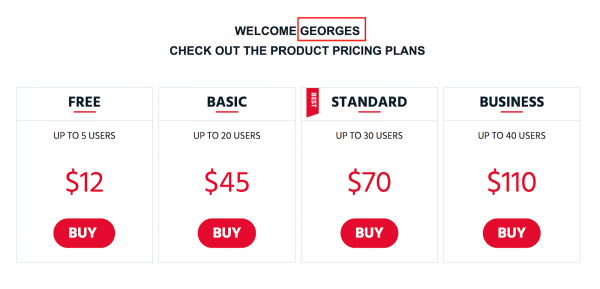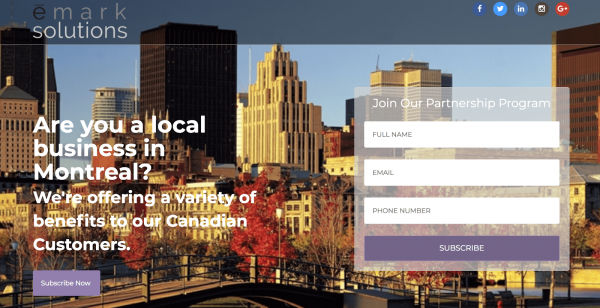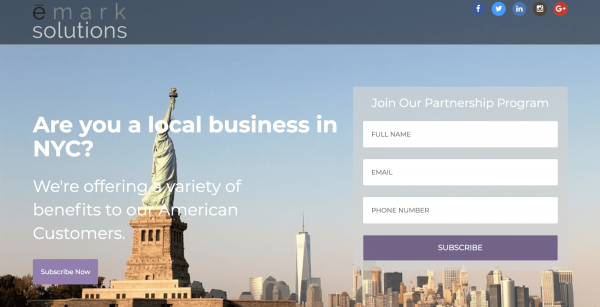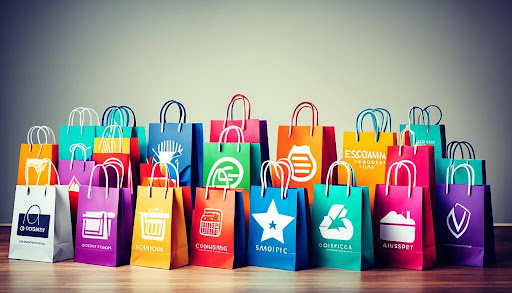If you keep a close eye on digital marketing practices, chances are you’ve heard the term “dynamic” content.
Today, personalization is in everything. In turn, this is what customers come to expect from brands. Gone are the days of not putting attention to detail, blasting generic campaigns out to your audience, hoping for the best. It’s time to get personal!
According to a 2017 Harvard Business Review study, customers who perceived content to be tailored to them and their needs were 40% more likely to make a purchase.
Personalization is a key element to driving engagement and conversions this year. Sometimes, in the marketing world, these trends come and go– but it looks like dynamic content is here to stay.
So, what is dynamic content, anyway?!
Dynamic content is a content type that changes based on user behaviour, access time, location, preferences, and personal information. In essence, it’s a curated, customized experience for the individual user. It’s all about sending the right content, to the right person, at the right time!
Of course, the goal with creating this content is to present users with more relevant and pointed content than they would otherwise receive with generic and/or static content.
Keep reading! Here, you will find the various ways in which you can connect with your user-base on an individualized level.
Merge Tags
These tags are based on an existing database in order to automatically insert different values into a document to create multiple, personalized documents. Merge tags are set and applied without the interference of the end user.
At a glance, they may look intimidating, but they are relatively commonplace and easy to figure out.
Merge tags are also known as Personalization Fields, Personalization Tags, Substitution Strings, or Data Tags.
Adding a personal touch will allow users feels like they are being spoken directly to. See below.

Conditional Content
Conditional Content allows you to automatically show certain preset content based on a condition you’ve put in place. These “conditions” may include a user group/list, access device, date range, languages, location, and more. (Conditional Content also includes a subsection called: Permission Content–Block/Grant Access or Hide/Show.
You can choose to show a landing page to a specific audience, based on the criteria that you’ve determined.
One of the criteria can be the geographic location of your audience, whereby you might want a different background picture, or an entirely different offer to appear for them.


Active Content
Active Content can be activated with or without the interference of the end user. This type of content varies from being triggered automatically, for example: when initiated by the end users, or when a certain position is reached on the page.
Active Content typically adds an attractive visual element to a web page or email.
Active Content may also be referred to as Animated Content.
You can add BUY NOW buttons, videos, interactive time countdown, and add-to-calendar events inside your email campaigns and landing pages. This feature eliminates steps from users, allowing them to take action directly from their email or landing pages.
For example, you can create a landing page adding a countdown block for a certain event and show it to all your clients and end users by selecting the lists.
Interactive Content
Finally, Interactive Content refers to content that can change with the end-user’s input! This can include a click, data entry, a touch, voice, a motion, and more. As such, by definition, Interactive Content cannot be activated automatically.
This content sometimes adds an element of fun or satisfaction for the user. Now, who doesn’t want to provide their audience with that feeling?
Interactive Content also includes subsections such as: Smart Fields, Progressive Profiling, Virtual Experience, Immersive Media, and others.
Smart Fields refers to a form field that auto-populates automatically based on whether the user has or doesn’t have a value for the field.
For example, if a user already fills in their company name in a form then visits another page, this field is automatically marked as smart.
Progressive Profiling is a key content subsection to utilize in order to maximize conversions.
You may use this in situations where you need extensive information from a user. For example, if a user provides certain information like his name, and company name to you at one point, and when the same visitor reaches the next form, you may take this opportunity to harvest additional information about the lead.
This may include information like their phone number, how many employees they have and their current challenges.
As they provide this new information, you can move to other questions for a third form visit while the lead is more and more qualified.

It has never been more important to modernize your marketing strategy and personalize content for your customers! Admittedly, the bar is set pretty high for today’s marketers– so it’s important to keep abreast of the trends.
The most successful marketers will find creative solutions to engage their audience on new levels.
In fact, according to a study by The Realtime Report (a marketing research firm), 46% of marketers cite a lack of time as their biggest hindrance to setting up a comprehensive personalization strategy.
To cut through the clutter, it’s inherent that you set yourself up with quality, dynamic content for your users.
Don’t forget to share this article


